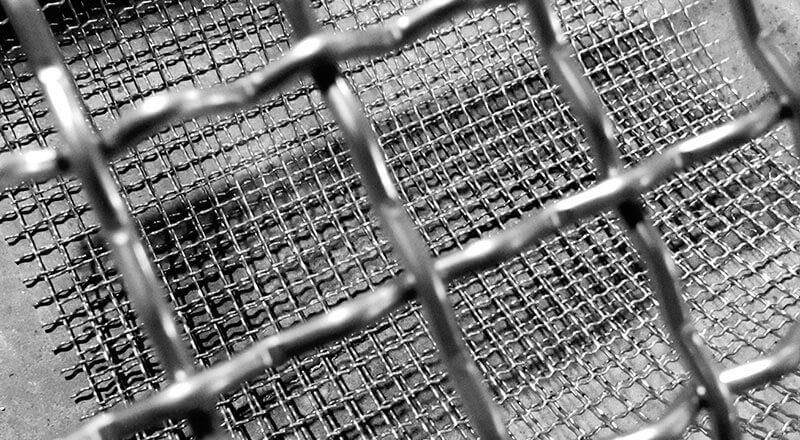-
+86 15030157877
-
sales@galvanizedmetalmesh.com
Dec . 10, 2024 14:54 Back to list
A Comprehensive Guide to Understanding Cyclone Fencing and Its Benefits
The Cyclone Fence A Symbol of Security and Boundaries
The cyclone fence, often referred to as a chain-link fence, has become an emblematic structure in various settings, from sports fields to military bases. Its design is both functional and efficient, making it a popular choice for security and delineation purposes. This article delves into the history, utility, and multifaceted applications of cyclone fences, highlighting their significance in modern society.
Historical Background
The evolution of fencing can be traced back to ancient civilizations, where rudimentary barriers were erected to protect land and livestock. However, the cyclone fence as we know it today emerged in the early 20th century. The invention of galvanized steel wire made it possible to create a durable and weather-resistant product that offered both visibility and strength. By the 1930s and 1940s, cyclone fences proliferated in industrial and residential areas, establishing themselves as a cost-effective solution for property demarcation.
Design and Construction
A cyclone fence typically consists of a series of vertical posts, horizontal rails, and diamond-shaped wire mesh woven in a pattern that grants both flexibility and strength. One of its most advantageous characteristics is that it can be easily adapted to various heights and lengths, making it suitable for a wide range of applications. The galvanized steel wire’s resistance to corrosion further ensures longevity, reducing the need for frequent repairs or replacements.
Security Applications
Primarily, cyclone fences are utilized for security purposes
. Businesses, schools, and government facilities often install them to create secure perimeters, deter unauthorized access, and protect assets. The transparency of the mesh allows for visibility, meaning that potential intruders can be easily seen, which can act as a deterrent. Additionally, when combined with security measures such as barbed wire or electric fencing, cyclone fences provide enhanced protection against trespassing.cyclone fence

Aesthetic Considerations
Despite its primary association with security, the cyclone fence has also found a place in landscaping and aesthetic applications. Many homeowners prefer it over solid fencing due to its open design, which allows for unobstructed views and the flow of light and air. Cyclone fences can be adorned with climbing plants or decorative materials, transforming them into attractive boundary markers that contribute to a property’s overall charm.
Community Spaces and Sports Fields
Beyond private properties, cyclone fences play a vital role in community spaces such as parks and playgrounds. They offer a safe environment for children to play while also preventing pets from wandering off. In sports fields, cyclone fences encircle areas to keep spectators at a safe distance and define the playing boundaries, ensuring an organized and secure environment for athletes and viewers alike.
Environmental Considerations
As society becomes increasingly aware of environmental issues, cyclone fences present opportunities for eco-friendly practices. For example, many manufacturers now produce cyclone fences using recycled materials, further promoting sustainability. Their longevity and minimal maintenance requirements also contribute to reducing the overall environmental footprint.
Conclusion
The cyclone fence stands as a versatile and practical solution for security and boundary delineation, embodying the balance between functionality and aesthetic appeal. Its adaptability has allowed it to maintain relevance through decades of development and change, making it a staple in both commercial and residential settings. As we move forward, its significance is likely to evolve even further, reflecting societal needs while still providing the essential safety and security that it has always guaranteed. Whether guarding a business, enclosing a backyard, or framing a sports field, the cyclone fence continues to be a crucial component of our built environment.
-
Premium Black Brick Welded Mesh - High Strength & Corrosion Resistant
NewsJul.21,2025
-
AI SEO Optimizer
NewsJul.20,2025
-
High-Quality Chicken Wire Panels Leading Manufacturer & Exporter
NewsJul.08,2025
-
High-Quality Concrete Reinforcement Wire Mesh – Reliable Steel Mesh Manufacturers & Exporters
NewsJul.08,2025
-
High-Quality Aluminum Expanded Mesh Leading Manufacturers & Exporters
NewsJul.08,2025
-
High-Quality Perforated Stainless Steel Sheet Manufacturer & Exporter Custom Sizes Available
NewsJul.07,2025



